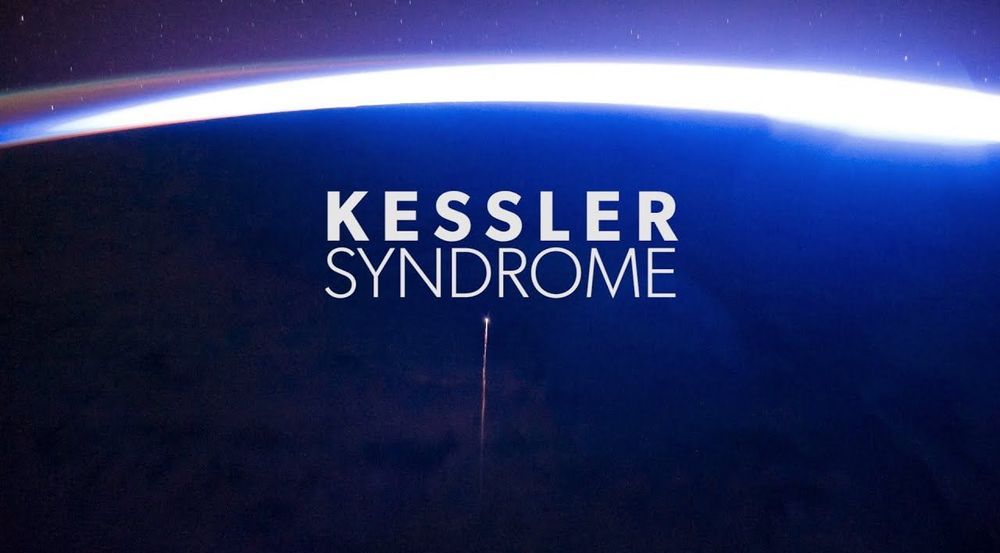May 30, 2020
How the Kessler Syndrome can end all space exploration and destroy modern life
Posted by Prem Vijaywargi in category: space travel
An increasingly likely catastrophe can cause major disruptions in space flight and our daily lives.

An increasingly likely catastrophe can cause major disruptions in space flight and our daily lives.
As 5G hits the market, new U.S. Army-funded research has developed a radio-frequency switch that is over 50 times more energy efficient than what is used today.
Half of the normal matter in the universe has been hiding since the Big Bang. Astronomers have just detected it for the first time.
Circa 2007
This chapter describes detection of explosives by terahertz Imaging ™. There has been an amplified interest in terahertz (THz) detection for imaging of covered weapons, explosives, chemical and biological agents. THz radiation is readily transmitted through most nonmetallic and nonpolar mediums. This process enables the THz systems to see through concealing barriers, which includes packaging, corrugated cardboard, clothing, shoes, book bags, and such others to find potentially dangerous materials concealed within. Apart from many materials of interest for security applications, which include explosives, chemical agents, and other such biological agents that have characteristic THz spectra which can be used for fingerprint testing and identify concealed materials. The Terahertz radiation poses either no or minimal health risk to either a suspect being scanned by a THz system or the system’s operator. As plastic explosives, fertilizer bombs, and chemical and biological agents increasingly become weapons of war and terrorism, and the trafficking of illegal drugs increasingly develops as a systemic threat, effective means for rapid detection, and an identification of these threats are required. One proposed solution for locating, detecting, and characterizing concealed threats is to use THz electromagnetic waves to spectroscopically detect and identify concealed materials through their characteristic transmission or reflectivity spectra in the range of 0.5–10 THz.
Circa 2019
A full-body scanner that the Transportation Security Administration hopes can speed up airport security checkpoints must go back to the drawing board for software to protect the privacy of travelers being scanned.
The scanner, built by British firm Thruvision, was promoted as being able to simultaneously screen multiple airport passengers from a distance of up to 25 feet away. The TSA began trying out the device last year at an Arlington, Va., testing facility before planning to use it on a trial basis at U.S. airports.
XAG, one of China’s largest makers of agricultural drones, expects increased automation for planting rice in the country’s farmlands as a way to raise efficiency, while mitigating labour shortage and the threat of Covid-19.
The fast and efficient generation of random numbers has long been an important challenge. For centuries, games of chance have relied on the roll of a die, the flip of a coin, or the shuffling of cards to bring some randomness into the proceedings. In the second half of the 20th century, computers started taking over that role, for applications in cryptography, statistics, and artificial intelligence, as well as for various simulations—climatic, epidemiological, financial, and so forth.
As the pandemic continues to destroy the economy, the government guarantees no one will earn less than about $500 a month.
[Photo: Jack Gisel/Unsplash]
Now abandoned bikes are strewn across the streets, the leather-covered massage chairs are empty amid worries over cleanliness and people are ordering more of their daily necessities online and avoiding malls altogether. After weeks of lockdowns and social distancing measures to combat the spread of the virus, many people are asking whether this fabled part of China’s shiny new tech-driven economy will ever recover its former glory.
Experts say that consumer behaviour has changed irrevocably as a result of Covid-19 – and that the sharing economy must adapt.
The most common organism in the oceans, and possibly on the entire planet, is a family of single-celled marine bacteria called SAR11. These drifting organisms look like tiny jelly beans and have evolved to outcompete other bacteria for scarce resources in the oceans.
We now know that this group of organisms thrives despite—or perhaps because of—the ability to host viruses in their DNA. A study published in May in Nature Microbiology could lead to new understanding of viral survival strategies.
University of Washington oceanographers discovered that the bacteria that dominate seawater, known as Pelagibacter or SAR11, hosts a unique virus. The virus is of a type that spends most of its time dormant in the host’s DNA but occasionally erupts to infect other cells, potentially carrying some of its host’s genetic material along with it.
